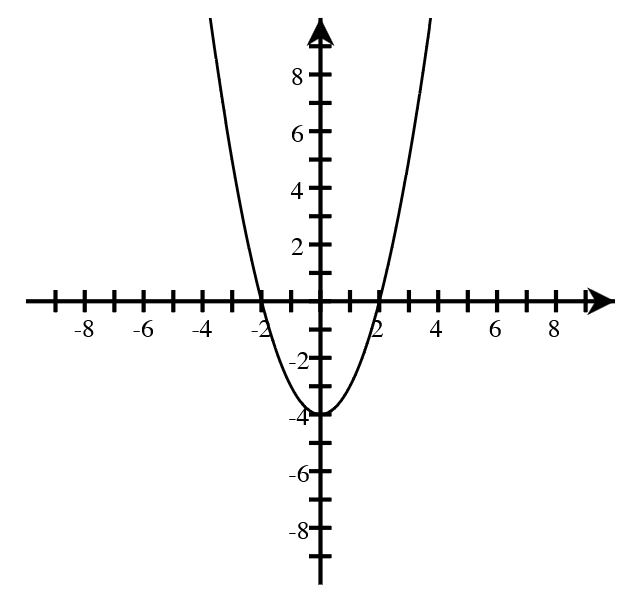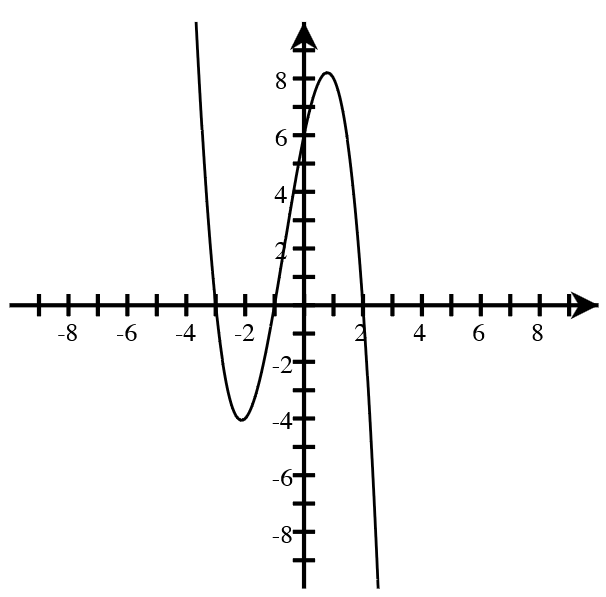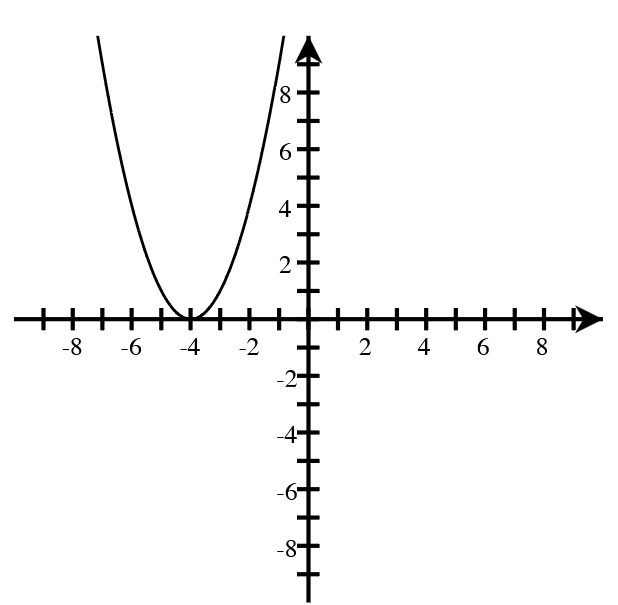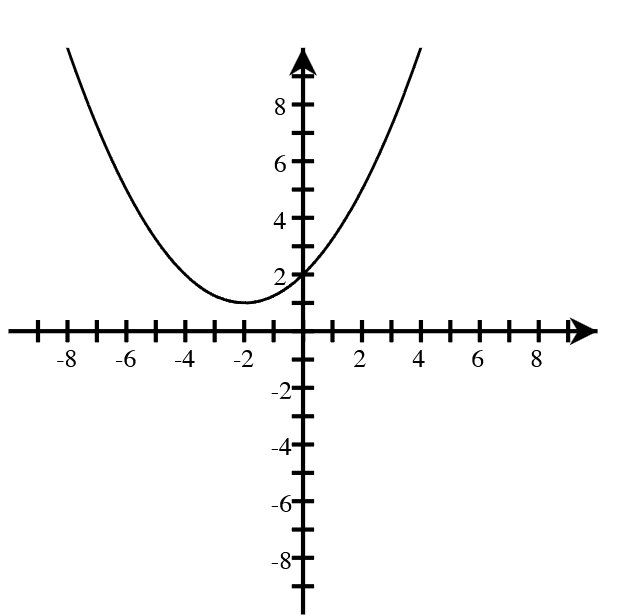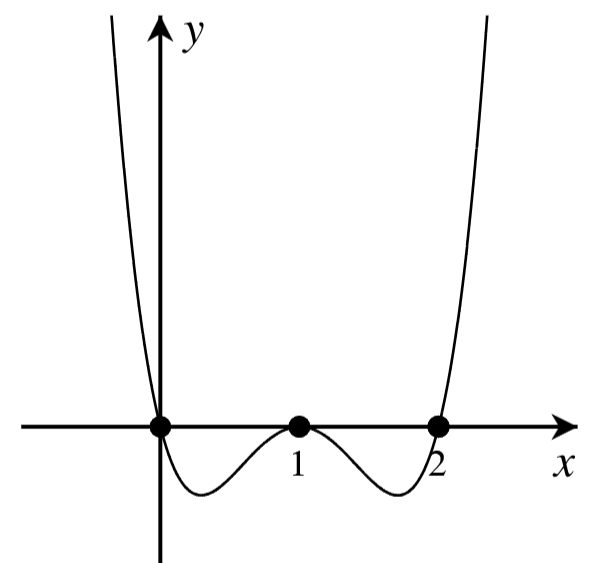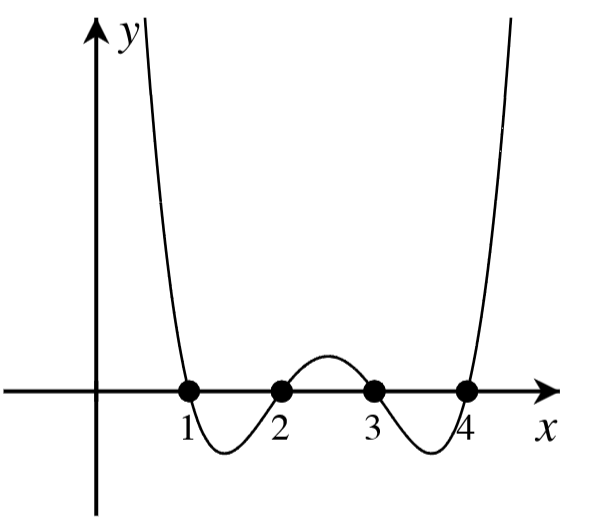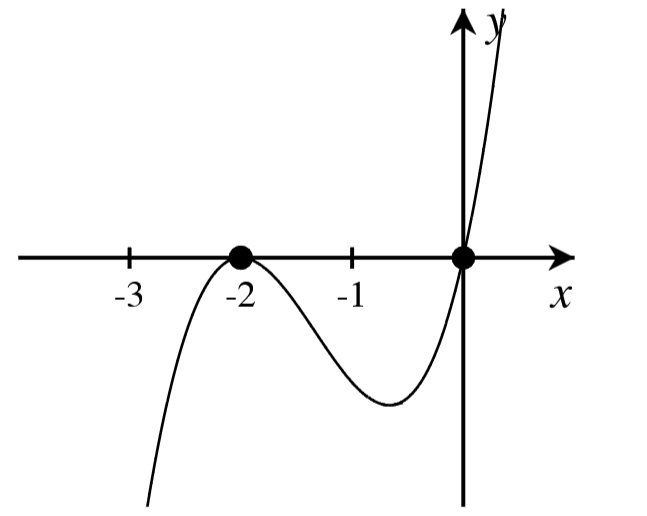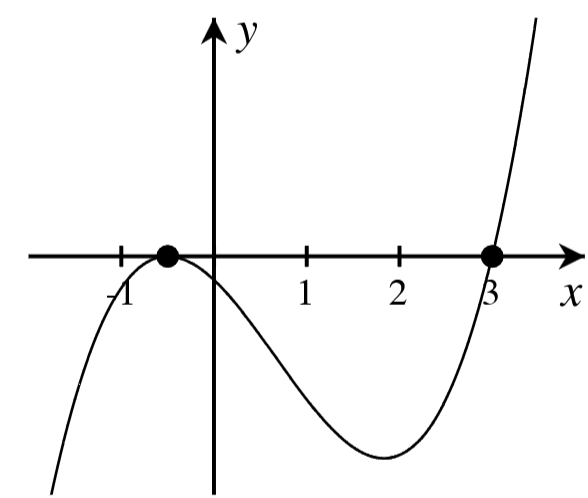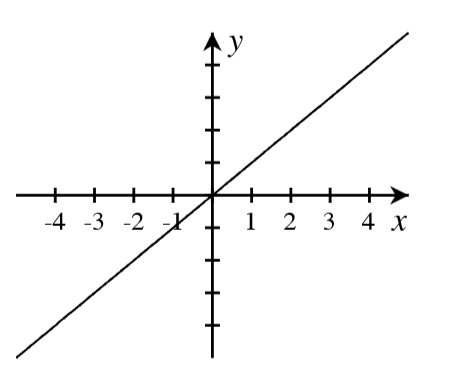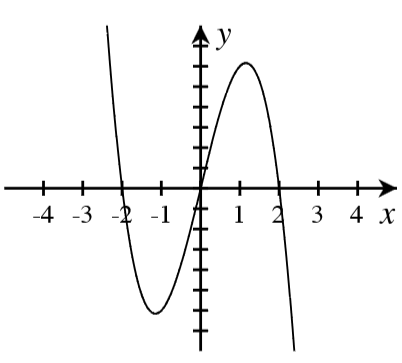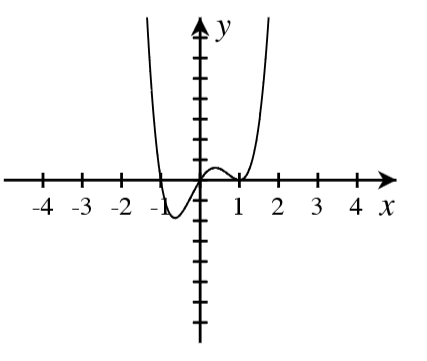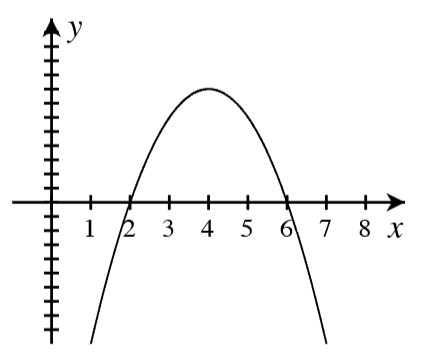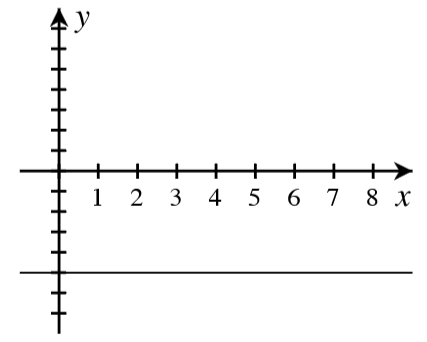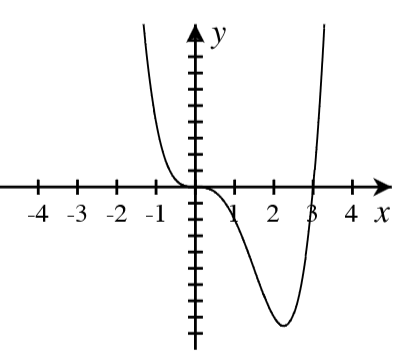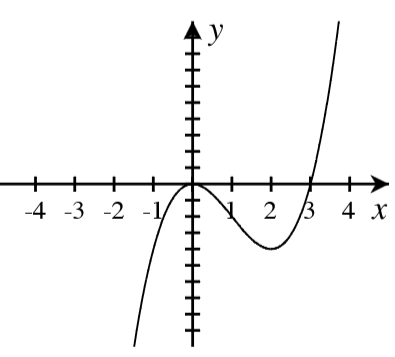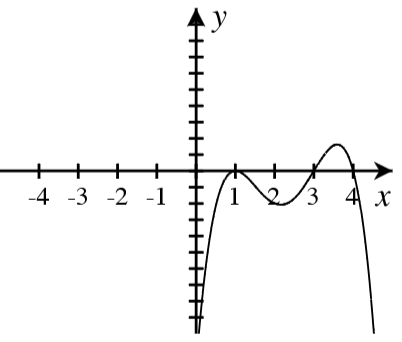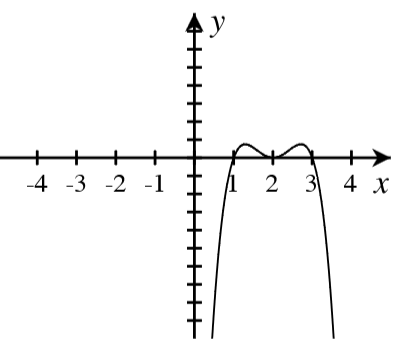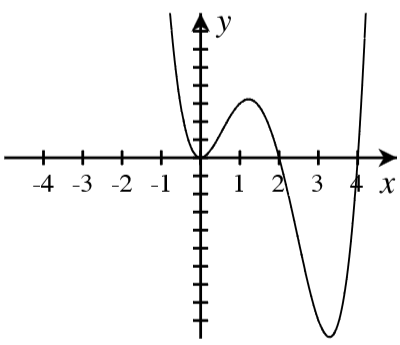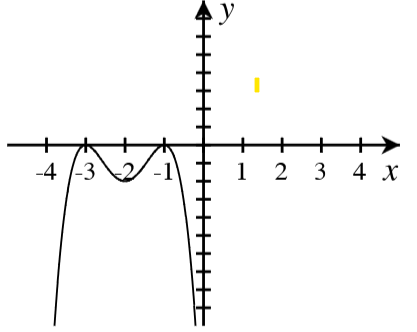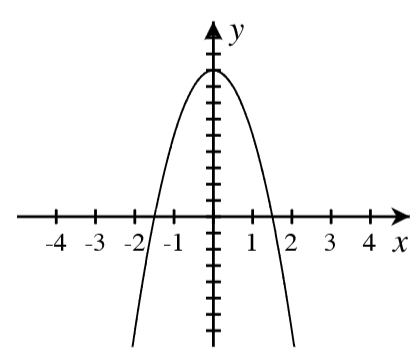3.1 Polynomial Functions and Their Graphs
3.1.1 Prep
A. Answer the following.
|
|
|
|
- Solve by factoring. [latex]2x^2-5x-3=0[/latex]
- Work backwards to write a quadratic equation in factored form with the given solutions.
[latex]x =-2[/latex] [latex]x = 9[/latex]
[latex]x + 2 = 0[/latex] [latex]x\_\_\_\_= 0[/latex]
[latex]\left(\_\_\_\_\_\_\_\_\_\_\_\_\right)\;\;\left(\_\_\_\_\_\_\_\_\_\_\_\_\_\right)\;=0[/latex]
B. Write a quadratic equation in factored form with the given solutions.
- [latex]x=-3\;\text{and}\;x=8[/latex]
- [latex]x=0\;\text{and}\;x=5[/latex]
- [latex]x=4\;\text{and}\;x=-\frac7{10}[/latex]
- [latex]x=2\;\text{and}\;x=2[/latex]
- [latex]x=\frac23\;\text{and}\;x=-\frac1{2}[/latex]
- [latex]x=-4\;\text{and}\;x=\frac3{5}[/latex]
3.1.2 Classwork
A. For each graph below, answer the following.
- How many real roots are shown in the graph?
- What is the minimum possible degree of the polynomial if it has only the real roots shown?
- Write a possible equation for the function in factored form with the minimum degree.
3.1.3 Homework
A. For each of the following, use the x-intercepts to match the equation to its graph.
- [latex]f(x)\;=\;x^2(x-3)[/latex]
- [latex]f(x)\;=-2x(x+2)(x-2)[/latex]
- [latex]f(x)\;=-2{(x+3)}^{2}\;{(x+1)}^2[/latex]
- [latex]f(x)\;=\;x[/latex]
- [latex]f(x)\;=\;(x-1)(x-3)(x-5)[/latex]
- [latex]f(x)\;=-x(x+3)(x-3)[/latex]
- [latex]f(x)\;=\;x^2(x-2)(x-4)[/latex]
- [latex]f(x)\;=-2x^2+16x-24[/latex]
- [latex]f(x)\;=\;3x(x+1){(x-1)}^2[/latex]
- [latex]f(x)\;=9-4x^2[/latex]
- [latex]f(x)\;=-(x-4)(x-3){(x-1)}^2[/latex]
- [latex]f(x)\;=-5[/latex]
- [latex]f(x)\;=\;x^3(x-3)[/latex]
- [latex]f(x)\;=-3(x-1){(x-2)}^2(x-3)[/latex]

